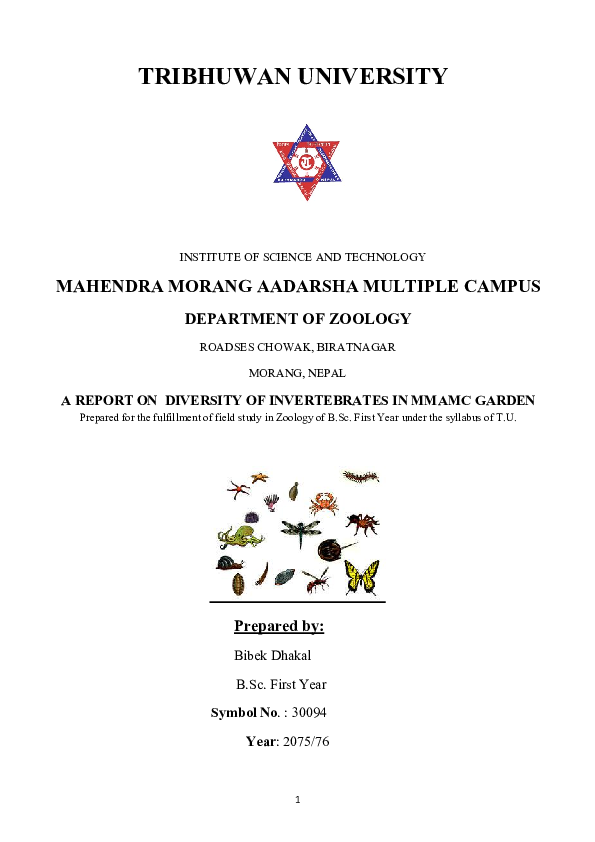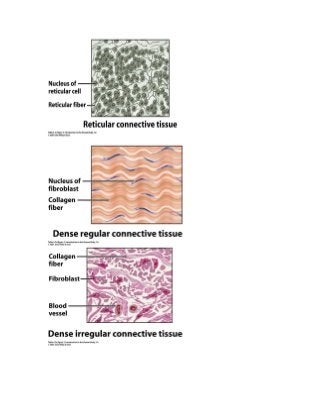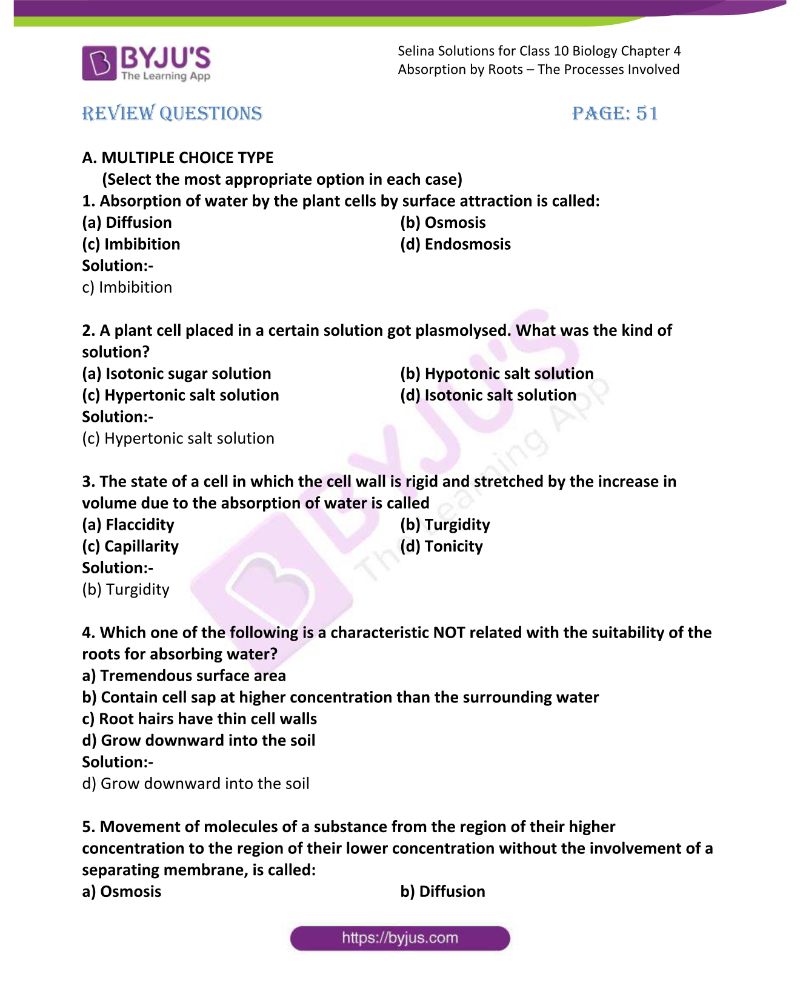A Tour of the Cell Study Guide Answers

A tour of the cell study guide includes several sections that focus on a variety of topics, including modern cell theory, cytoskeleton, and effect of isotonic, hypotonic, and hypertonic solutions on living cells. Questions on the structure and function of ribosomes also are included. By reading through the study guide, you will be better prepared to answer these questions. Listed below are the most common questions and their answers.
Describe the modern cell theory
Modern cell theory begins with the premise that all life consists of cells, which are fundamental building blocks of life. Every living cell is created by division of pre-existing cells. Cells are the basic unit of arrangement and structure in every living organism, including humans. Because cells share the same basic chemical composition, they have unique properties that make them interesting to study. The basic features of this theory are outlined below.
In the 1850s, two Polish scientists published work that would propel the cell theory to the next level. One of these scientists was Robert Remak, who published ideas similar to Virchow’s, but was not credited in Virchow’s essay. Remak contacted Virchow to note the similarities between their theories and his own. The two scientists fought for years, but in the end, the cell theory would prevail.
Describe the cytoskeleton
Cytoskeleton is the framework of proteins that provide structure and mobility to cells. It helps cells keep their shape and keep organelles in place. Cells can be described as a mesh, which is composed of three major components: cytoplasm, nucleus, and cytoskeleton. Each one contributes to the overall function of the cell. When a cell divides, the cytoskeleton pulls the daughter chromosomes to opposite poles. It also serves as a transport system for cargo containing vesicles.
The cytoskeleton consists of different types of filaments that have distinct functions. They are intricately linked, and their organization plays a crucial role in transmitting and sensing mechanical forces. Microtubules and actin filaments interact with other cellular structures, while intermediate filaments and protein bundles connect them. Identify the role of the cytoskeleton in cell growth and development and answer the following questions.
Describe the effect of isotonic, hypotonic, and hypertonic solutions on living cells
Tonicity is a measure of the difference between two solution concentrations separated by a semipermeable membrane. It is important to note that hypertonicity is less than isotonic, and hypotonic is more than isotonic. Hypotonic solutions have no effect on cells, whereas hypertonic solutions have a significant impact.
In a hypotonic solution, water molecules move into the cell, while in a hypertonic one, water leaves the cell. In both cases, the concentration of water in the cell’s intracellular fluid is lower than that of the extracellular fluid. Hypotonicity can compromise the functions of a cell, and excess hypertonicity may kill it altogether.
The most basic concept in molecular biology is the relationship between solute concentration and cell volume. The concentration of water and solutes is dependent on their relative sizes. In an isotonic solution, water molecules will move more in one direction than in the other, and the opposite will occur for the dissolved material. The concentration gradient will be much lower in the hypotonic solution than in the hypertonic solution.
Describe the function of ribosomes
What are ribosomes? Ribosomes are cellular machinery that translate genetic information into amino acids, which are then folded and assembled into proteins. The process begins in the nucleus, where enzymes and other machinery are created to carry out specific tasks. The ribosomes are also responsible for transporting these proteins from one part of the cell to another.
Ribosomes are found in many different places in eukaryotic cells, including the nucleus, where they synthesize RNA. These RNAs then move into the cytoplasm, where they assemble amino acids into proteins. ERs also produce phospholipids that are necessary to build cell membranes. However, ribosomes can also be found attached to the cell’s nuclear envelope, where they synthesize proteins and lipids.
The ribosomes can add as many as five amino acids to a protein chain every second. Titin, which is a protein around 30,000 amino acids, takes two or three hours to synthesize. Ribosomes work in a complex way to make proteins and they are essential for the process. So, if you want to get a high score on your A tour of the cell study guide answers, be sure to review the information thoroughly and use a reference book.






